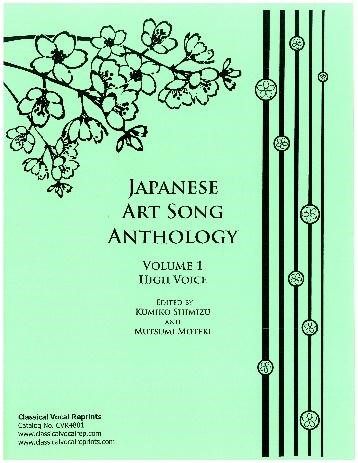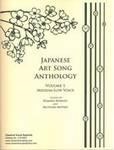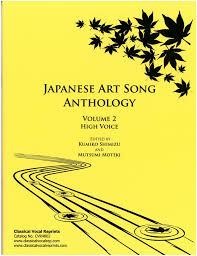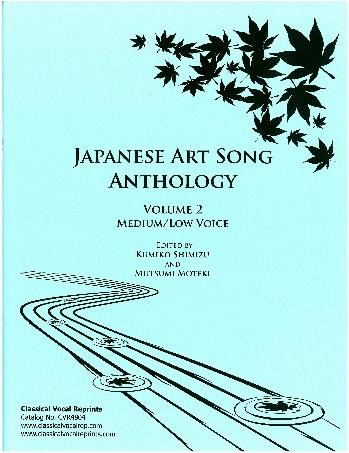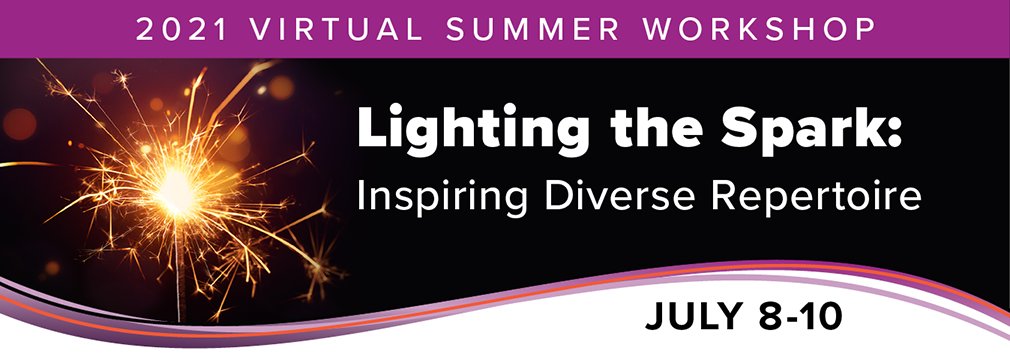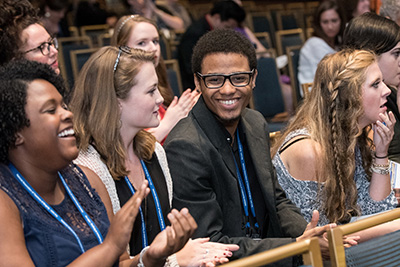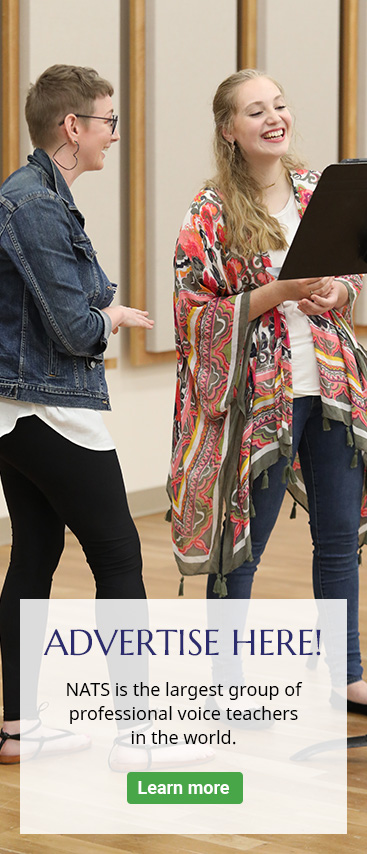What's New > NATS Summer Workshop offers an intro to Japanese art song
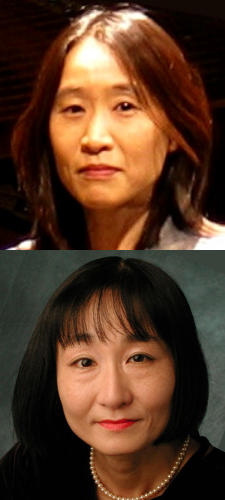 |
Above: Kumiko Shimizu. Below: Mutsumi Moteki
|
At our Virtual Summer Workshop (July 8-10), Mutsumi Moteki and Kumiko Shimizu will co-present a session introducing attendees to Japanese art song that is written in the Western classical music style.
They also will give a brief history of Japanese songs, a guide to Japanese diction and singing style, practical tips for finding scores, and some examples of Japanese songs for different levels of singers.
The NATS Virtual Summer Workshop is July 8-10. See schedule and details.
Tell us a bit about yourselves and your session for the Summer Workshop. How do you two know each other?
Kumiko: In 2006, I was looking for an opportunity of studying further vocal collaborative piano and coaching. After speaking with someone who had worked with Mutsumi-sensei (sensei = teacher), I contacted her if she would be available to schedule some lessons. I still think that contacting her for lessons was one of the best choices that I have made. Since then, Mutsumi-sensei has generously included me in her email greetings. In one of those emails, she expressed her interest in promoting Japanese art songs in this country. Around this time, I was looking for a collaborator for my anthology project and asked her if she would be interested in the project. I would not have found a better collaborator than her.
Mutsumi: I am so grateful for Kumiko’s invitation to collaborate with her on the Japanese song anthology project. I would never have started it without her initiative and determination. We are very happy to have published Japanese Art Song Anthology vol. 1 (high voice, medium/low voice) and vol. 2 (high voice, medium/low voice) from Classical Vocal Reprints.
Our workshop theme is “Light the Spark: Inspiring Diverse Repertoire.” Why do you two feel it is important for singing teachers to branch out and try new repertoire — especially from diverse backgrounds and genres?
Kumiko: One of the reasons why I wanted to create an anthology was to inform that there are beautiful Japanese songs. I felt that those songs were not sung due to the language barrier or the fact that they were not known. This is probably true for songs from other countries as well. Songs from different countries can inform us of different cultures and perspectives, which might/would benefit us. Musically, those songs will allow us to expand tone colors, as we learn to perform them based on our understanding of cultural backgrounds. In addition, it seems to be important to have a variety of repertoire, as our voices and interests are diverse. Expanding repertoire, students might be motivated to find songs that speak to their heart and/or learn a song in a new language.
Mutsumi: I promote songs from China and Korea as well as from Japan. When singers sing these songs, they can feel the emotion behind the text and music; their experience is much deeper and more intimate than just reading and hearing about different cultures.
What kind of feedback do you hear from singers after they start learning and studying Japanese art song? Especially from those who may be less familiar with the genre?
Mutsumi: Japanese is quite easy to sing and they all loved singing in Japanese. Talking about texts and Japanese culture was also a fun part of the process.
Kumiko: The students whom I coached also enjoyed singing in Japanese. I also had discussion on the texts and culture and this enabled them to express their interpretation sincerely. I know that they were nervous about working with me, as a native Japanese speaker. This turned out to be a positive effect, since they willingly worked hard on singing with accurate diction. At the recital, I was able to understand all words that they sang and was moved by their expressiveness.
If a workshop attendee is eager to start learning more today about Japanese songs and art song, what resources do you suggest?
Kumiko & Mutsumi: Our Japanese Art Song Anthology would be the best place to start. It contains songs for different levels of singers and an easy diction guide. Also by attending this session, you will find other resources for scores and recordings.
From the Japanese art song repertoire, do you have a favorite composer or two, or a set of art songs?
Mutsumi: There are many Japanese art song composers, and I like Yoshinao Nakada very much. Many of his songs show strong French mélodie influence. I think there are many similarities between French culture and Japanese culture.
Kumiko: Yes, there are many good art song composers. Mr. Nakada is one of my favorite composers as well. I would like to add Ikuma Dan. I enjoy the orchestral colors in the piano part of his songs.
You are looking for attendees to submit performances of Japanese art song (or one of their student’s performances) for your session that will have a mini master class, correct? When is the deadline to submit those to you?
Kumiko & Mutsumi: Yes, that is correct. Please send an email with subject line “NATS 21-Recording” to kshimizu@deltastate.edu to express your interest by May 28th. Video submission deadline is June 16th.
Are you looking forward to attending any other sessions at the Virtual Summer Workshop?
Kumiko & Mutsumi: Yes, we hope to attend as many sessions as we can to learn about different genres of art song. The program is filled with interesting sessions. Attending those sessions would be like travelling virtually to different countries.
Our Virtual Summer Workshop is July 8-10. Read more about Kumiko Shimizu and Mutsumi Moteki, their fellow workshop presenters, and view the full schedule.
Registration closes June 15.
NATS is also pleased to offer the Mentored Teaching Experience as part of the Virtual Summer Workshop.
For a $75 fee, participants secure a session with one of our mentor teachers, which offers mentees a chance to gain valuable feedback and re-energize their teaching. Please note: all participants must also register for our Summer Workshop.
